I’m super excited to share this post with you written by Denise Roland. A few weeks ago she sent me an email about her book “Please Look Up At Me”, the struggles of getting your kids off their devices. It’s been a battle I think we have all been facing these past few months, more so than ever. We beg the kids to get on their tablets for homeschooling, yet when they finish, it’s straight to games like Roblox, Fortnite, you know what I mean. Yet at the same time, I’m just as guilty as they are and never really disconnect. She has dedicated an entire website to helping us parents Intentionally Unplug with our families with great tips and tools, even products I think you will all appreciate!
The Back to School Plan that has Everyone Looking Up
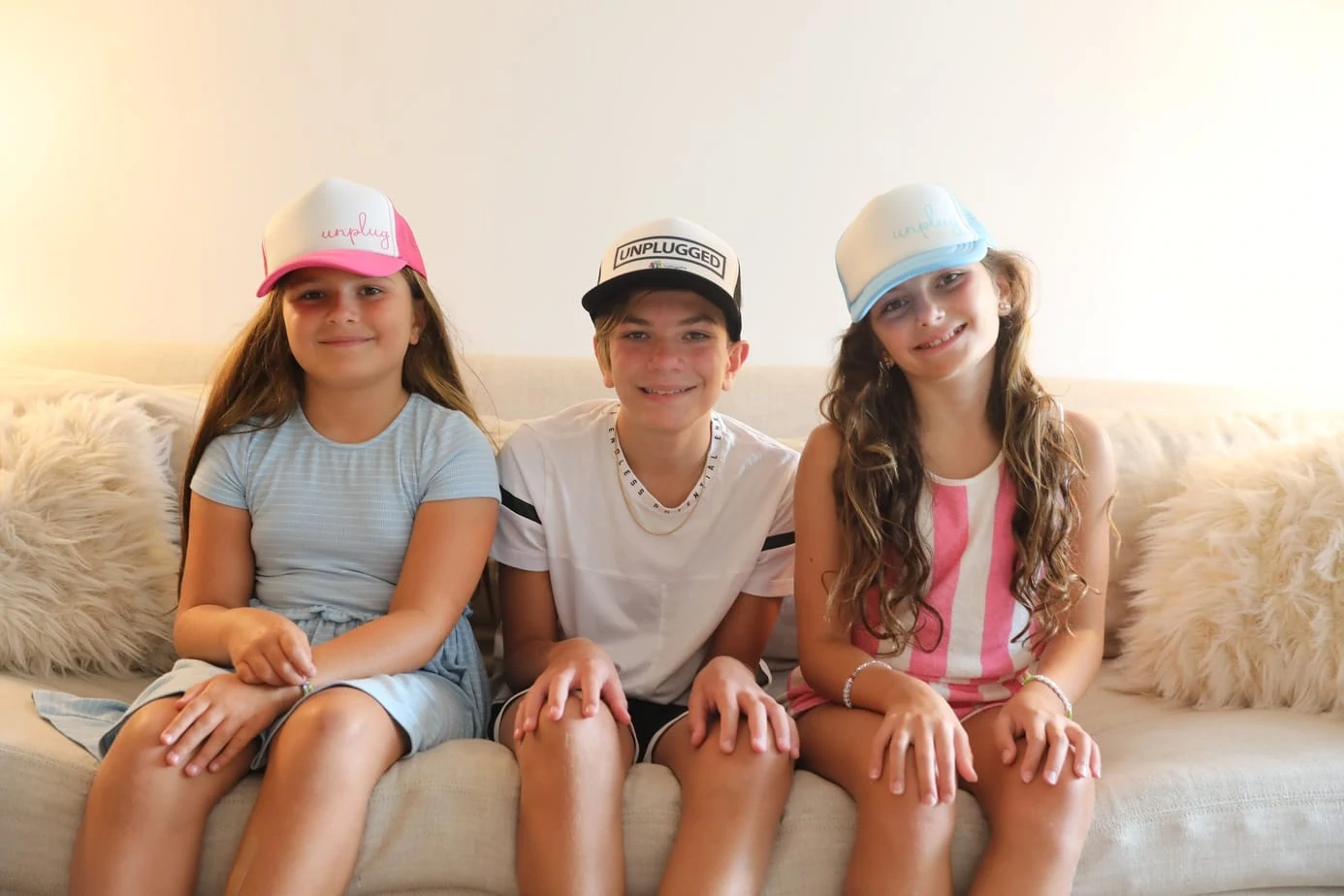
“Mom. I’m talking to you. Please put your phone down.”
Those were the words that stopped me in my tracks. Those were the words spoken to me by my frustrated 4 year old daughter as she desperately tried to get my attention while I stared down at my phone. As a veteran teacher and mother of 3, I’m used to giving out the lessons to my family, but as it turns out, the most important lesson we’ve received since bringing tech devices into our home, came from my observant child.
Adelina’s remark was the wake up call we all needed. A simple yet profound reminder to LOOK UP and connect. It was a turning point for my family and we knew we had to make some changes.
We sought out children’s books that could speak to this topic, and although we found many that focused on screen time, we couldn’t find the message of “human connection” we were looking for. So, I decided to write my own book, inspired by my own experience.
Unbeknownst to me, my book, “Please, Look up at Me” was the first step towards founding Intentionally Unplugged. While the book was originally intended to be a simple family project in response to a teachable moment, the message in the book resonated with so many, that it has since appeared on major news networks and social media accounts across the country. As this prompted more requests for support on defining healthy tech-boundaries and prioritizing quality time with our loved ones, I moved forward with defining this mission, and Intentionally Unplugged was born.
So many families—adults, teens, and children alike— are all struggling with the feeling of being “overplugged,” and underconnected. Physically present, but not emotionally p resent. A scenario so commonly associated with the digital era, that it’s been coined with its own term: ”technoference”.
So how do we manage technconference and maintain human connection? Enter COVID-19. Just when we thought that screens couldn’t interfere with our human connection any more, we find ourselves homebound, separated from our loved ones, and completely dependent on virtual interaction.
The reality is, we need screens. They are holding our world together. So the question now isn’t, “how do we eliminate screens?”, but rather, “how do we use screens in a positive and balanced way?” The answer is—by establishing guidelines around active and passive screen use.
Not all screen time is created equal. W hen it comes to screens, active screen time refers to device use that requires some cognitive, and/or physical engagement. Active screen time is more ideal because it can serve us in a positive way. Examples of active screen time include, virtual classroom experiences, face-timing a loved one, coding activities, or educational games. When not over-used, active screen time provides certain benefits that add real value to our lives.
Passive screen time, on the other hand, is screen use that is not interactive or engaging. Instead, the user is passively consuming information in a mindless or repetitive way. Passive screen use is often associated with negative impacts on our social, emotional and even physical wellbeing. Examples of passive screen use include mindless internet scrolling, social media, videos with no stop gap, or “binge watching” shows.
As we prepare for the 2020-2021 school year, and days filled with online learning, we want to do everything we can to find the balance between active and passive screen use, and preserve the human connection we still have. More than ever, that begins and ends at home.
Here is a list of steps you and your family can take to establish good digital habits and routines leading up to the start school.
- Talk about tech: Technology can be unhealthy and even dangerous when it is not handled properly. Let your children know that not all screen time is considered equal by helping them to understand the difference between active and passive screen use.
- Practice what you preach: Make a concerted effort to “unplug” when you’re with your family. Whether you realize it or not, your kids are looking at your behavior as a social guide during this unprecedented time. Be intentional about using phrases like “quality family time,” and make a commitment to drop all your phones into a designated ”unplugged box” during your time together. The positive feelings associated with small shifts in language and attention will leave everyone wanting more.
- Make a family plan: Before the start of school, sit with your family to discuss digital well-being and commit to a family plan for the school year. Our Intentionally Unplugged Family workbook will help you to set ground rules for maintaining a healthy balance between school screen use, active and passive screen use, and quality time together. Putting a plan in place will serve as a guide, especially in the beginning when you will need to detox from your technology.
- Identify non-negotiables: As with any privileges that we afford our children, when not used properly, screens can and should be taken away. We refer to these as “non-negotiable” or “zero tolerance” boundaries. Examples of non-negotiables for screen use may include: no texting during school, no scrolling after bedtime, and being mindful of sharing content that would encroach on personal safety. We also recommend definitively establishing meal times and bedrooms as screen-free.
- Focus on the gains not the losses: When it comes to establishing new routines, instead of focusing too much on what’s being taken away, focus on what you will be gaining. This is a great opportunity to emphasize your feelings and need for connection. For example, instead of saying, “during dinner you will no longer have your phone”, you could say, “I would love to connect more at dinner and talk about our days but we usually miss out because we’re all on our phones. Let’s put our phones away and use this time to connect and have some fun together”. By focusing more on the feelings associated with a certain behavior, our children will be more likely to respond in a positive manner.
Download the workbook!
This pandemic may have thrown us into the most overwhelming parenting situation that we have cumulatively ever known, but as with any challenging experience, it’s how you handle it that will have the most lasting impact. As a parent you are being presented with a unique opportunity to reconnect with your kids, your partner, and yourself. By making small, impactful shifts in a positive direction, this socially distanced time in history could end up being the time in your life when you feel the most connected, to what counts.
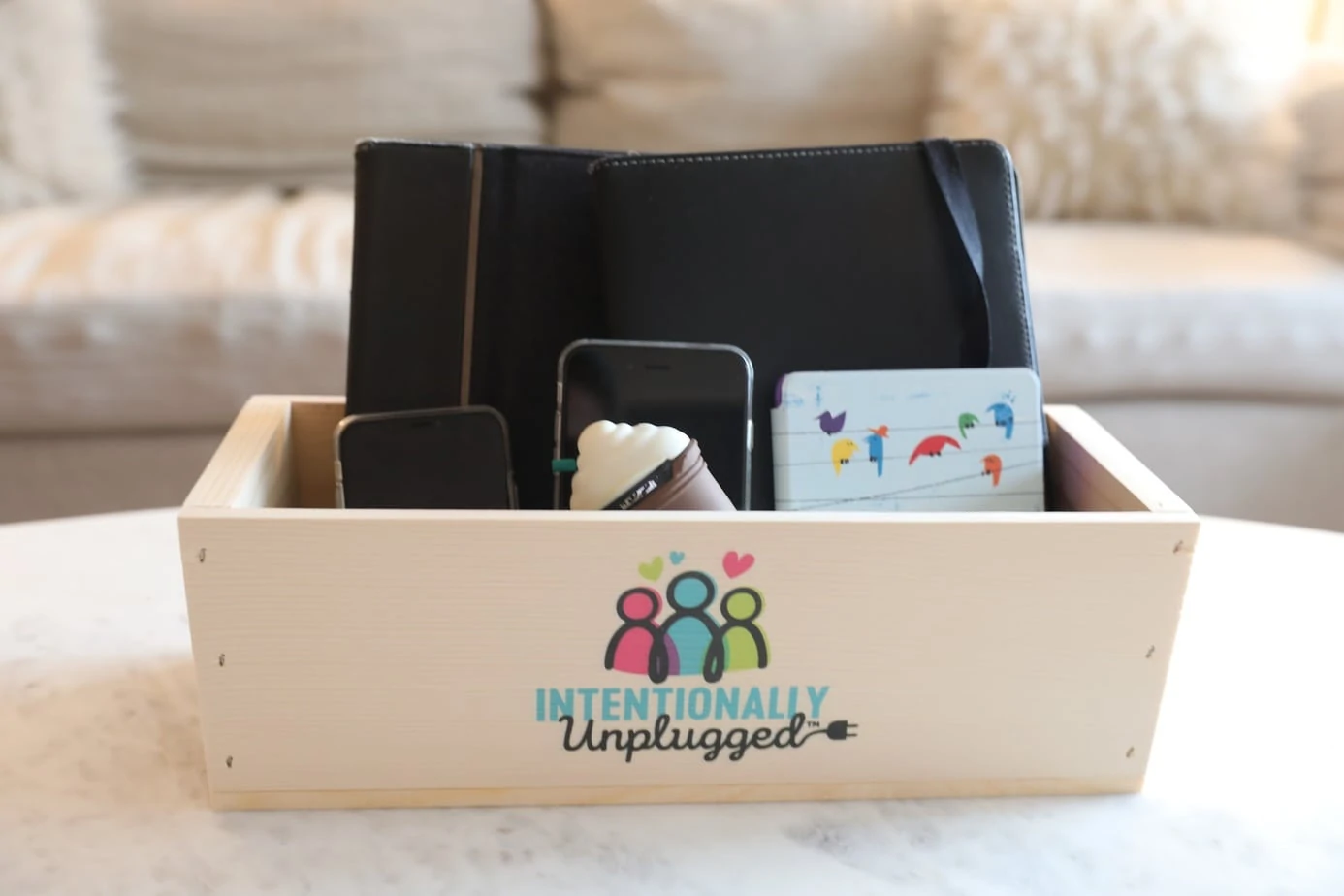
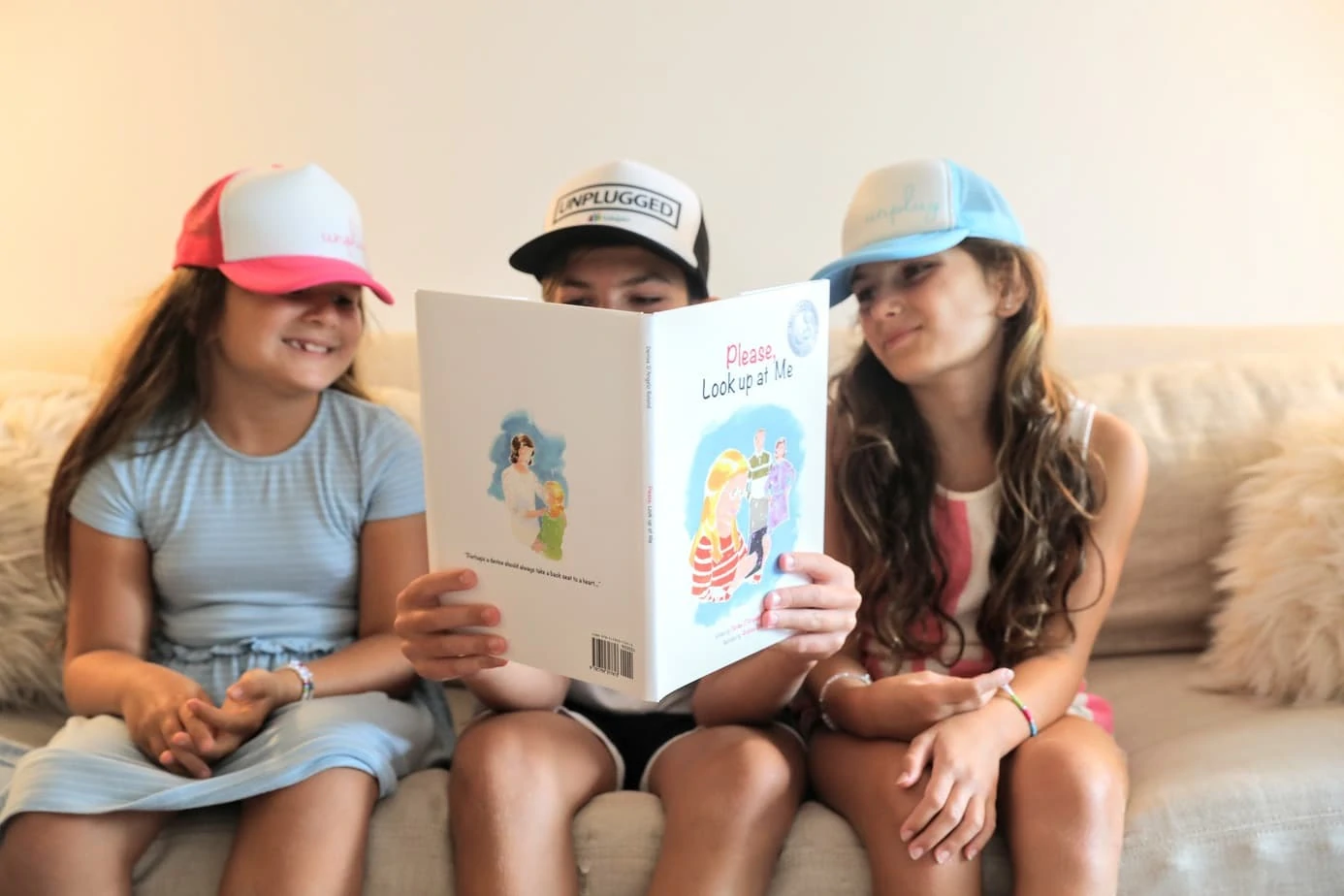

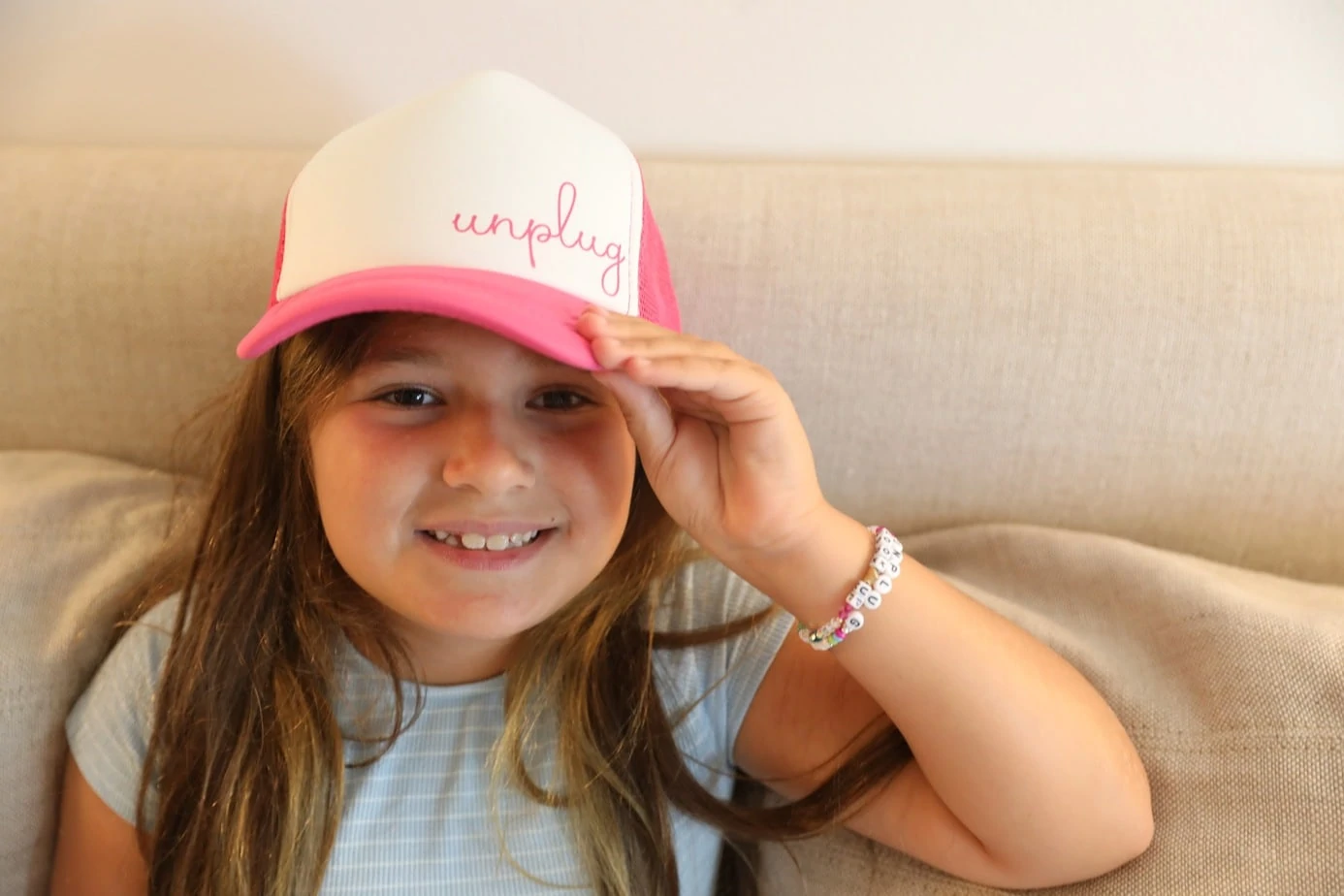
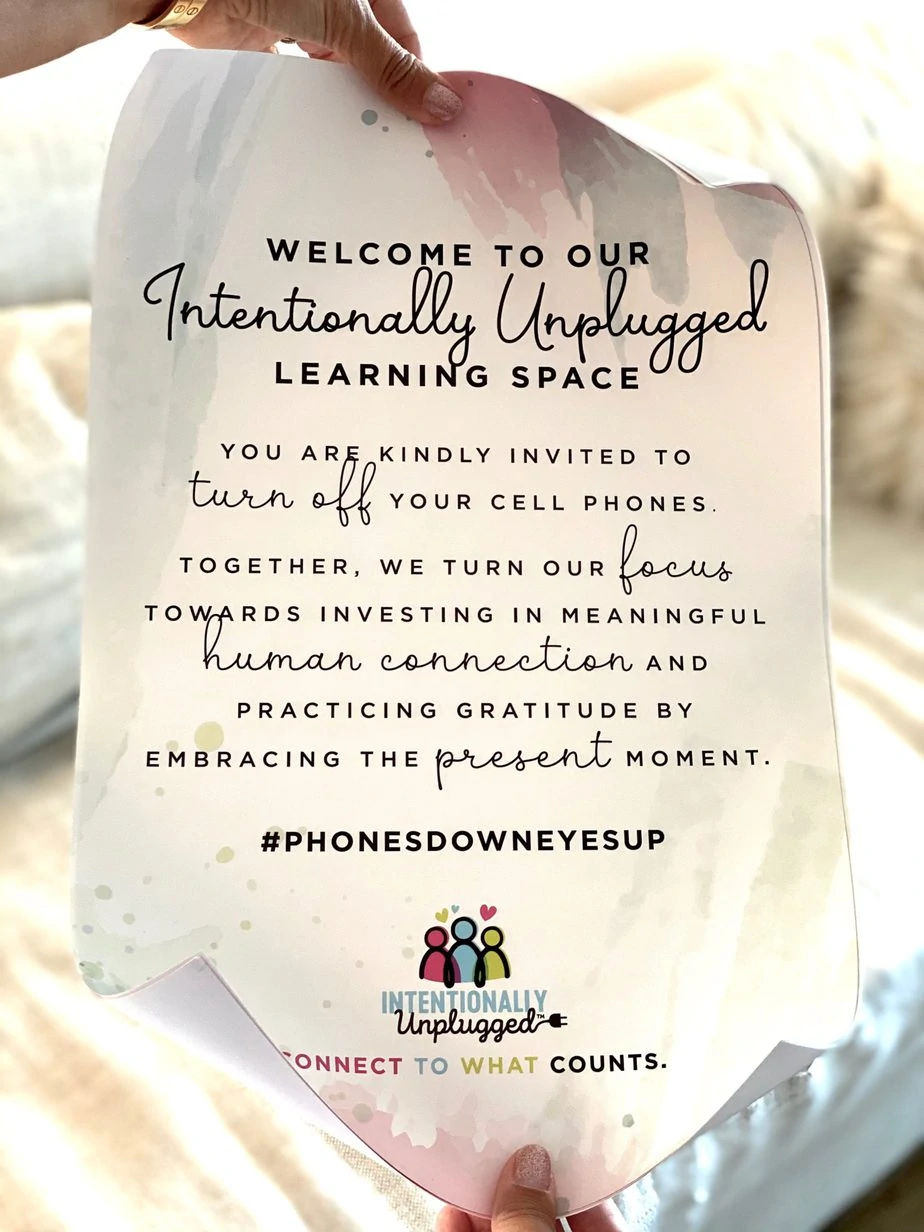
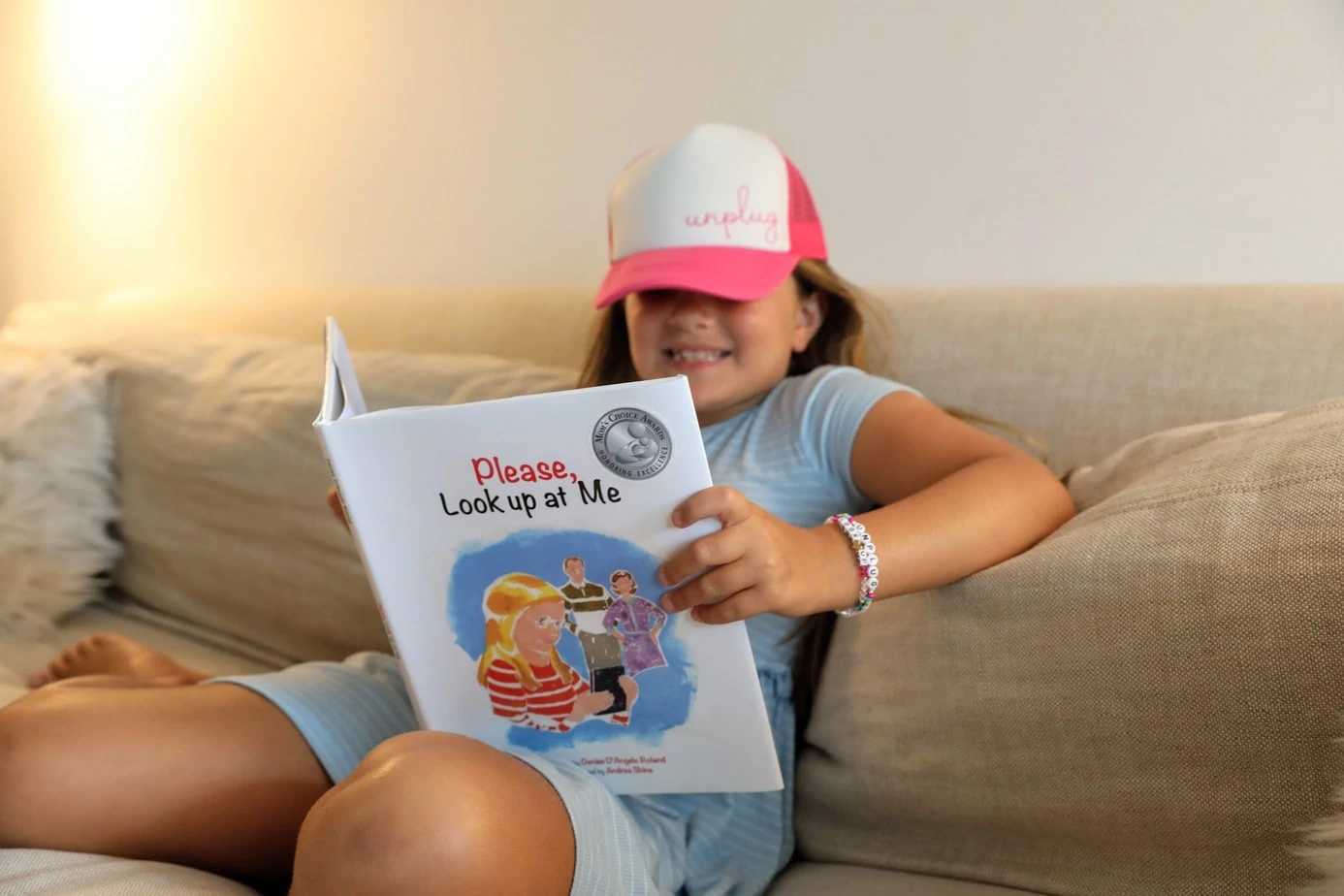
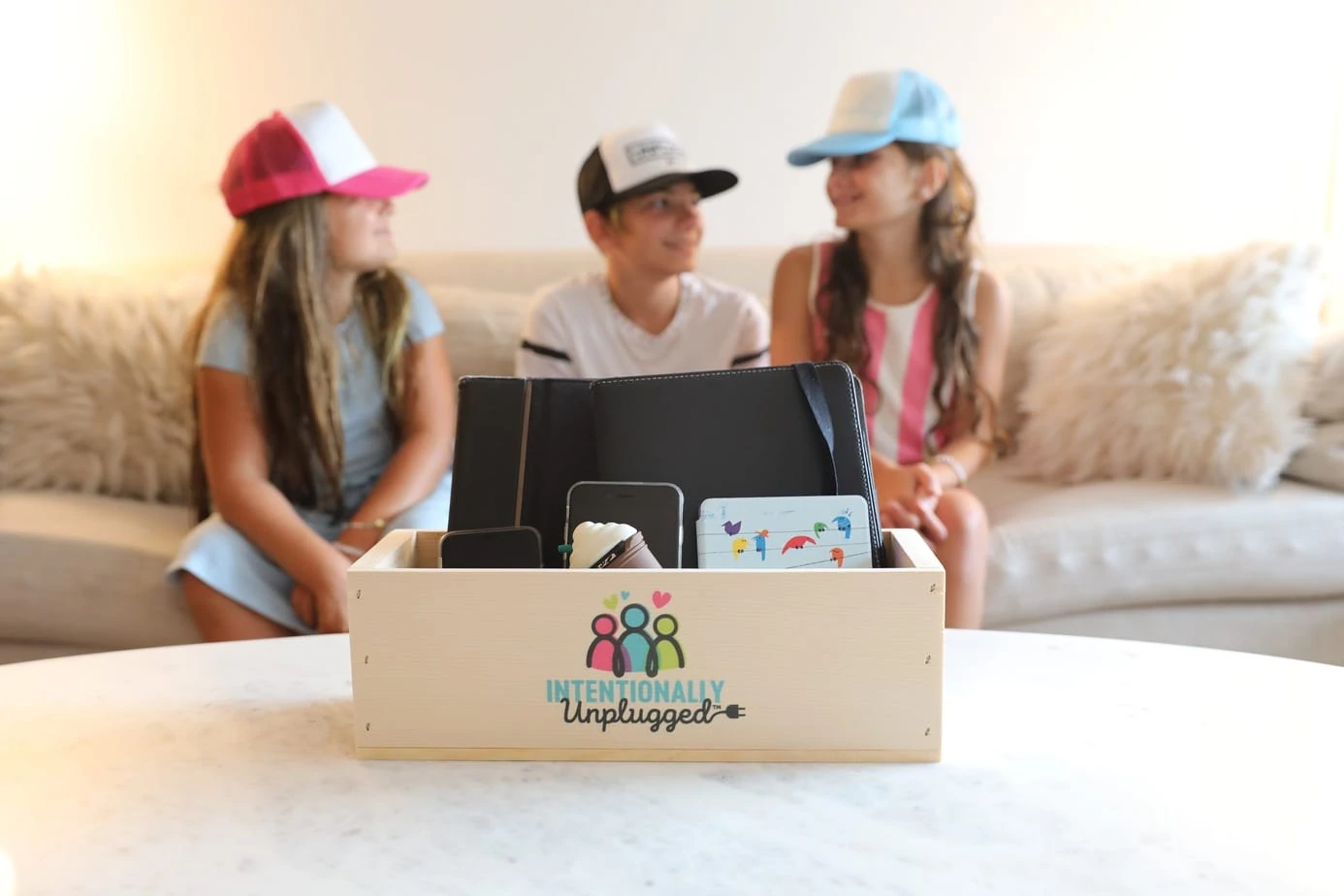
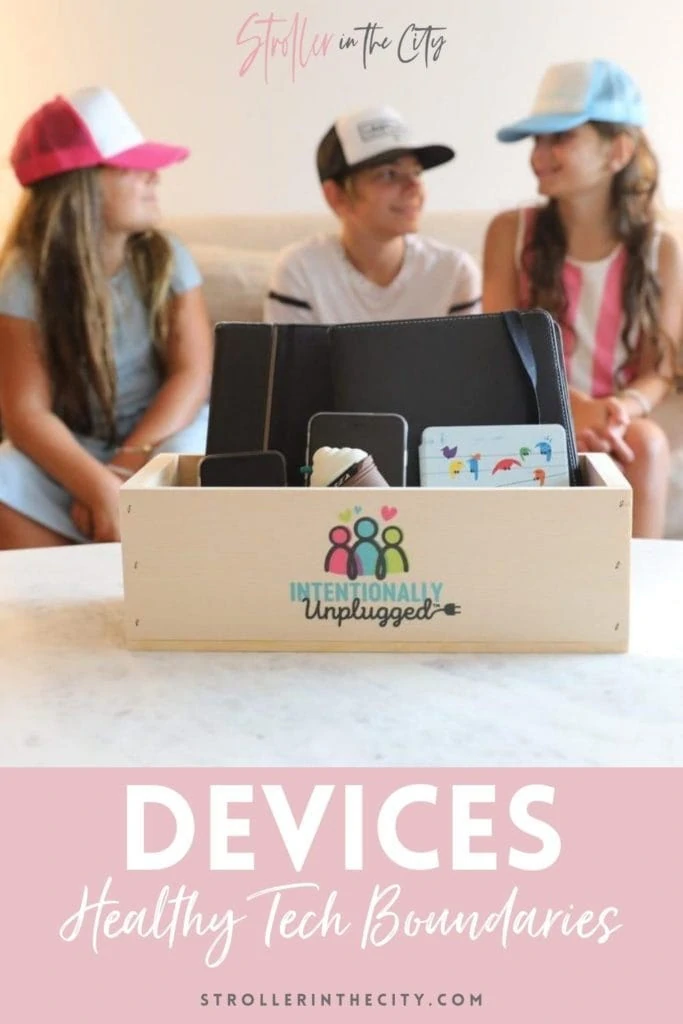

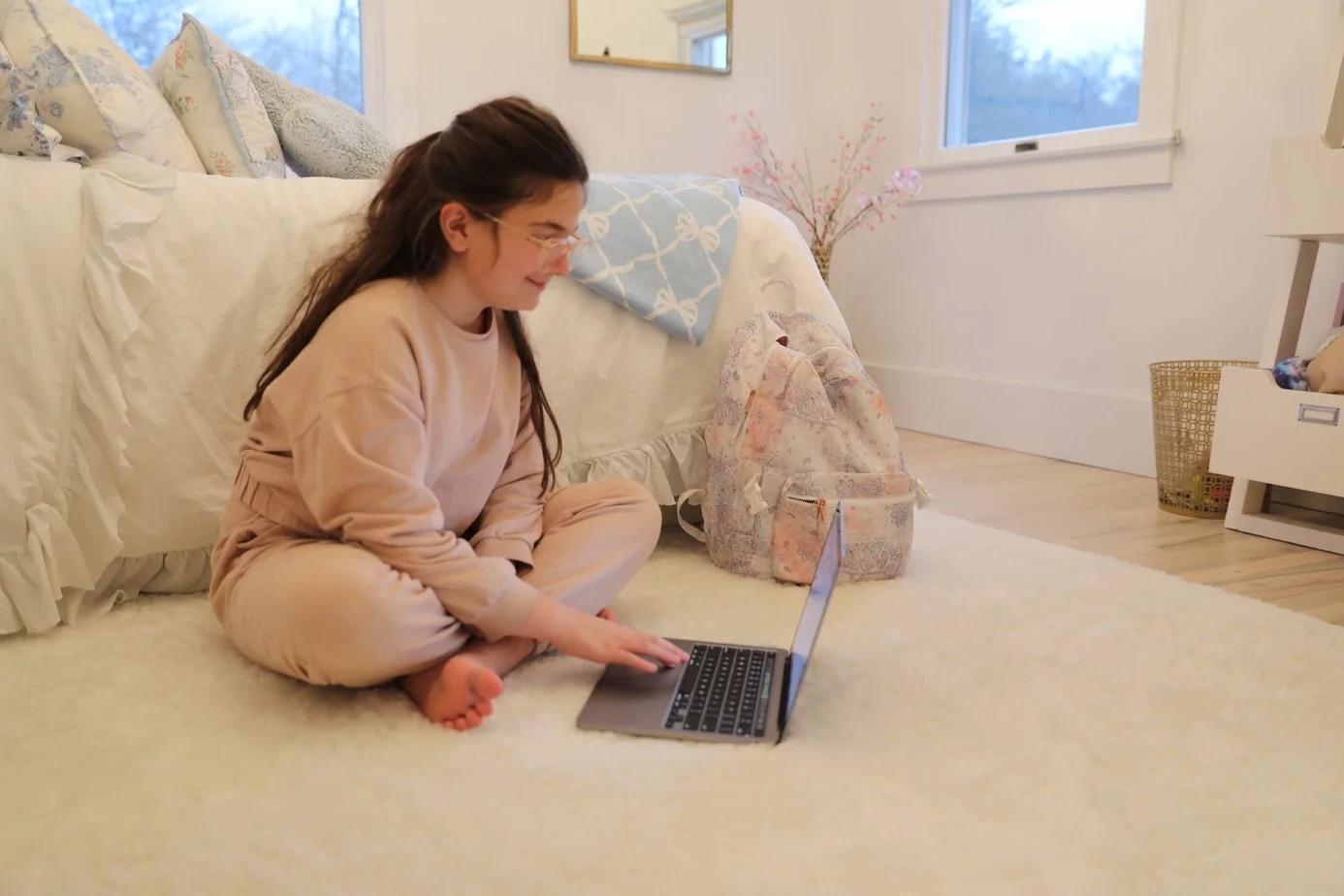
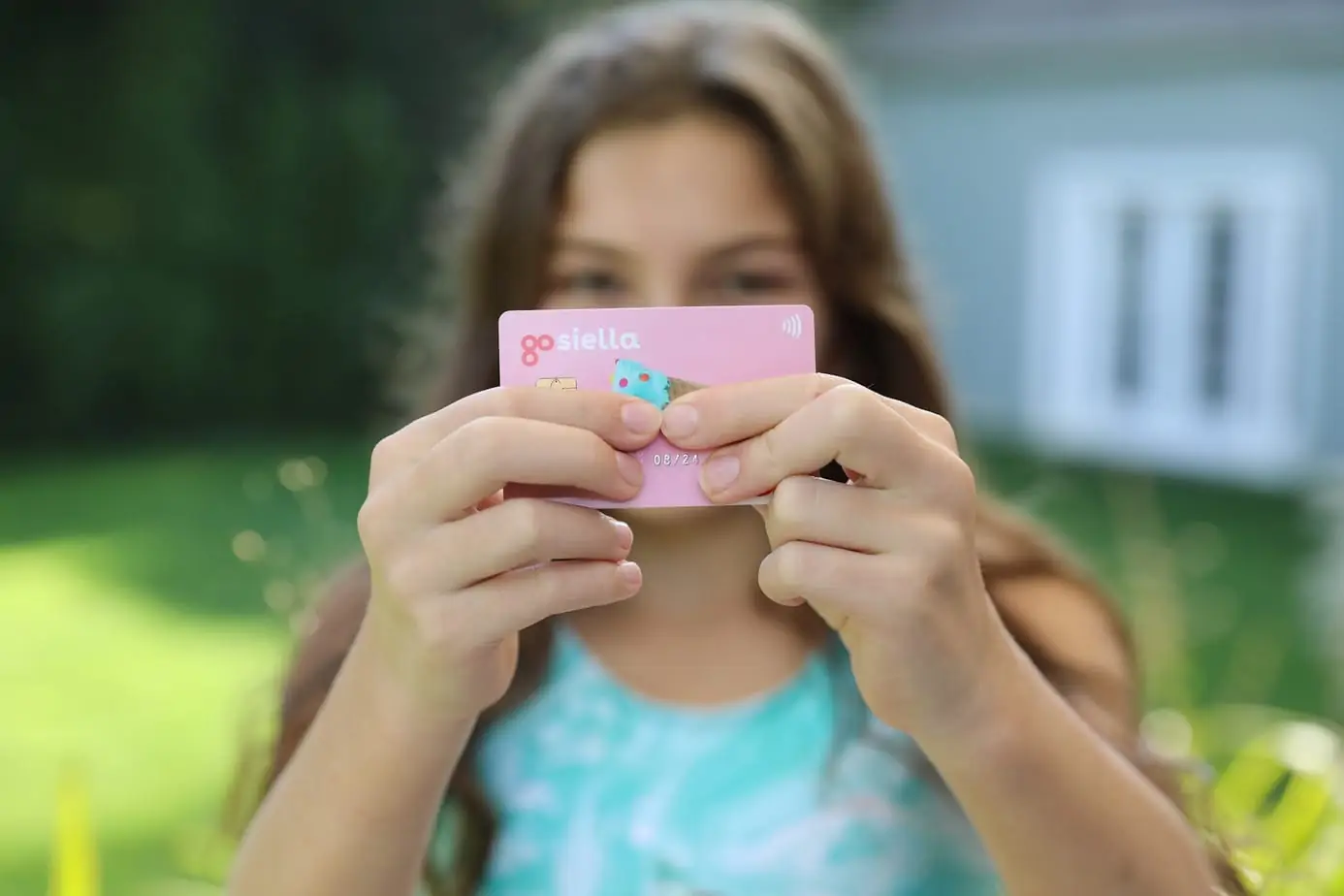
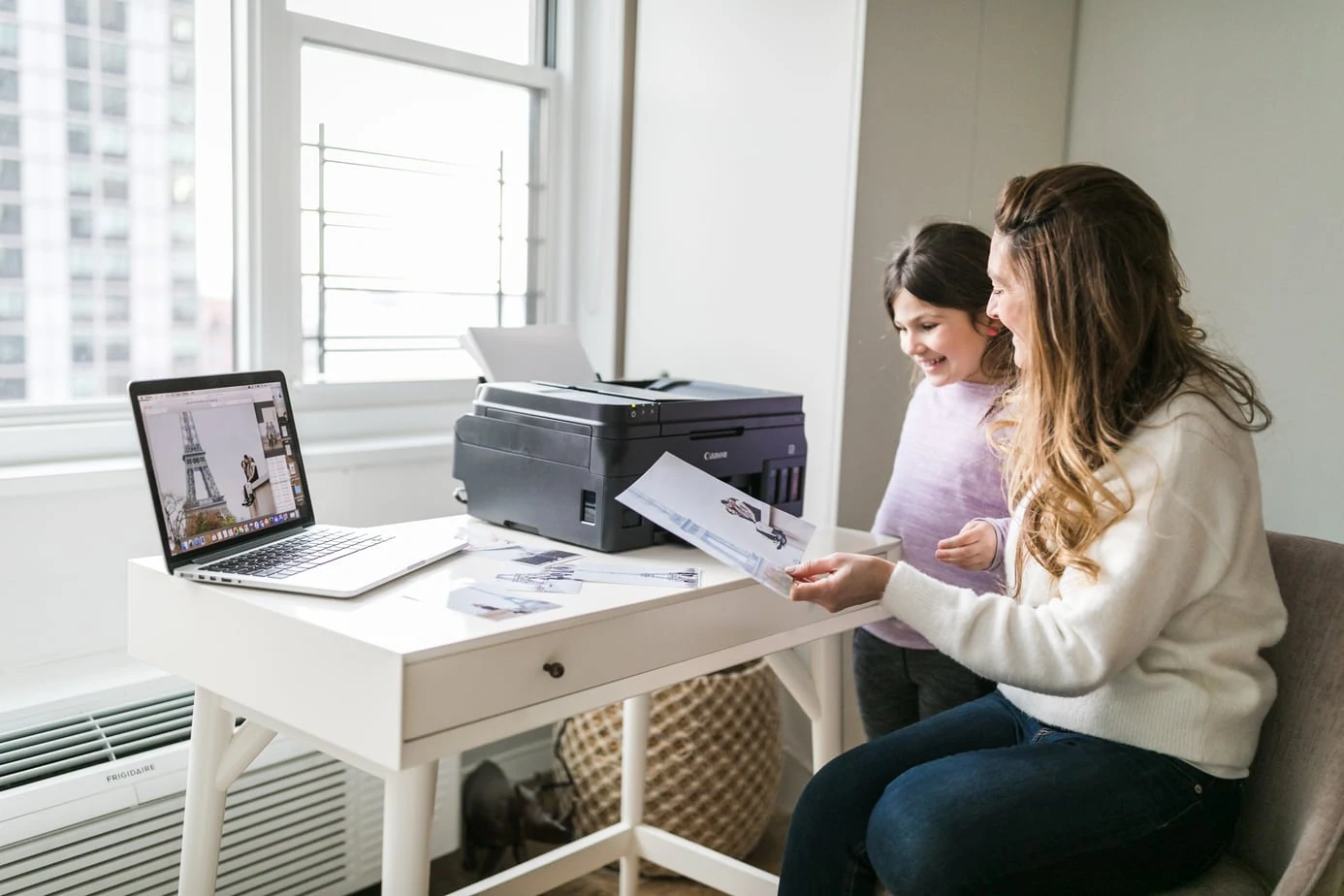
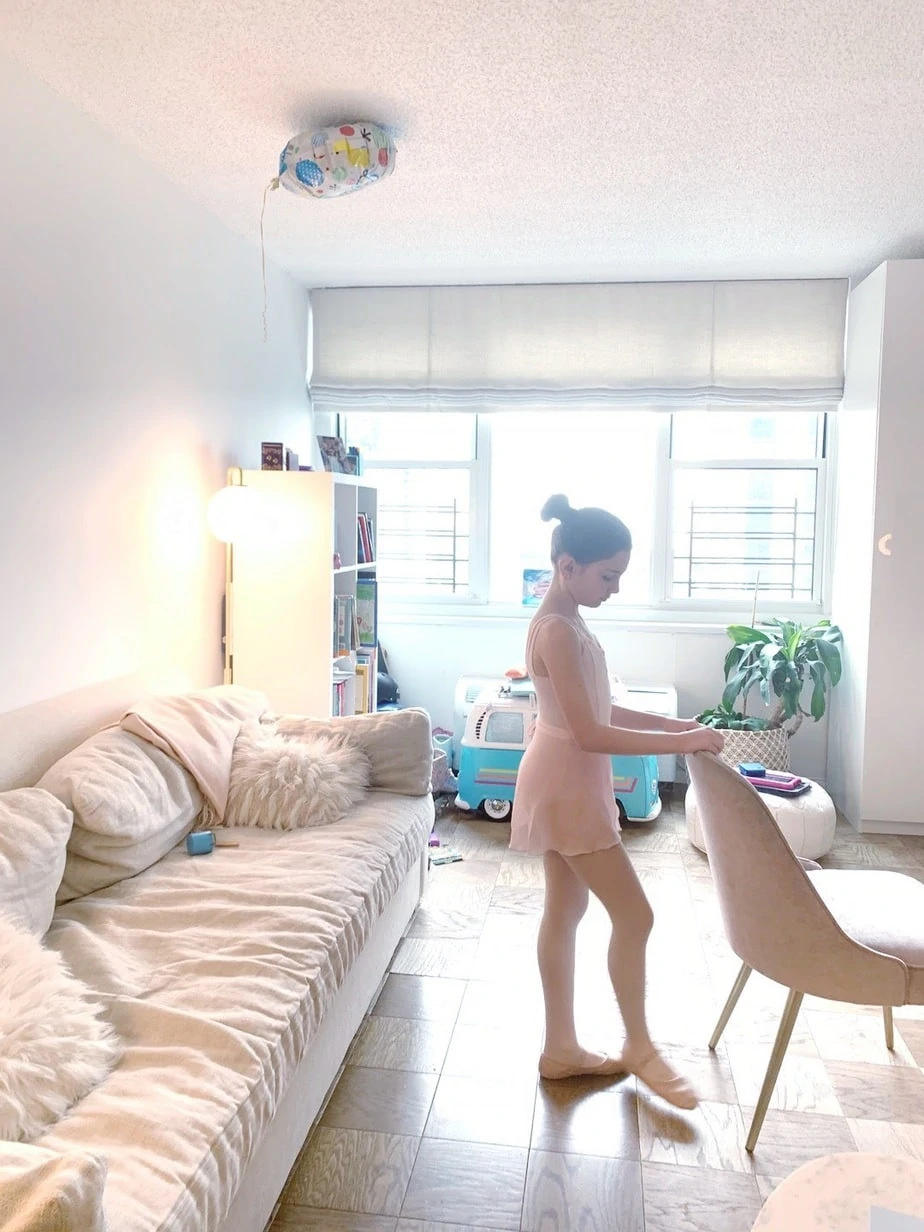

18 thoughts on “Intentionally Unplugged”
Oh, wow! I LOVE this! I am also guilty of being on my devices way too much. I hear my 4 year old say, Look at me!” so often. OMGOODNESS….things need to change now-starting with me and my husband and with my 9 year old as well. Thank you for this eye opening moment!
Right!? Great reminder for adults and kids!
This is fully awesome. I’m a huge lover of devices, gaming, etc. but I think it’s gone too far these days with the younger kids. They need to learn how to actually interact with humans.
Awww these are such cute goodies for kids! I specifically liked the hat! lovely post
Wow… Very cool stuff for kids. Thanks for sharing
This post fits perfectly into my upcoming life, I’m about to go on vacation with no electricity :joy: ! I love gaming, chatting on phones and everything.. I love this concept though! “You are kindly invited to turn off your cell phones!”
Enjoy your device free trip!
I love the look of this goodie box and anything that gives kids a break from screen time is a massive plus x
This got me:”Mom. I’m talking to you. Please put your phone down” My kids would say something like “Why are you always on your phone mommy” LoL. It’s really important to spend time with kids so that they will remember happy memories when they grow up.
Absolutely! Adults & children need healthy screen time boundaries. haha!
My husband and I were just having a conversation about how our girls can’t get anything done without a phone nearby or in their hand. I have to get this book for them!
Yes! Its so helpful!
These are interesting ones for kids. It keeps them away from the mobile phones, ipads etc. I am loving these ideas as now the kids are completely at home.
Absolutely!
I love this kit from Intentionally Unplugged. Also, your kids are so adorable!
Aw thank you!
All of us are guilty of spending way too much time on our devices and intentionally unplugging is a necessity. It does take a concerted effort to switch off and refocus but it is doable. Great tips.
Nnniiiiccceeeeee….I love the fact that you guys are having this conversation, right in that moment, away from your gadgets. I can’t wait to hear the feedback the little ones have.